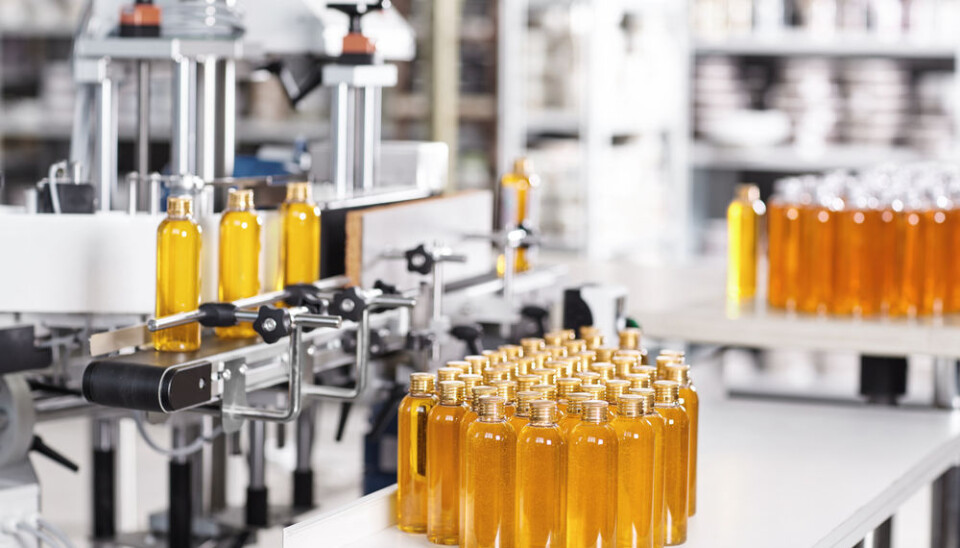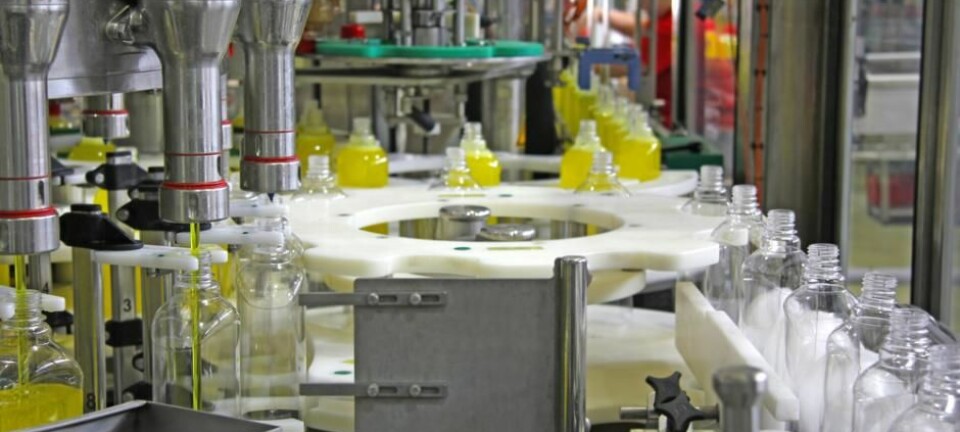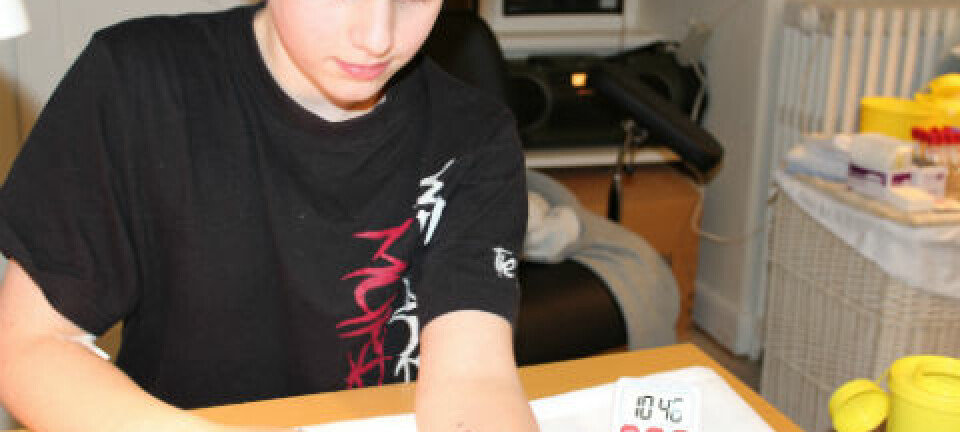
EU disagreements delay regulation of harmful chemicals
When is an endocrine disrupting chemical harmful enough to be banned? Disagreement between EU member countries delays regulation of potentially harmful substances.
Long evaluation periods and voting procedures surrounding endocrine disrupting chemicals (EDCs) in the EU means that many people are exposed to harmful substances for a number of years. The situation is worrying, say scientists.
Potentially harmful substances remain on store shelves while they are being investigated, and even after being banned they might still be sold to consumers.
The EU is currently working on new criteria for evaluating when an EDC should be classified as harmful—but the process has dragged on for four years, despite the intention to wrap up the new guidelines by 2013.
It is frustrating, says Professor Poul Bjerregaard from the University of Southern Denmark.
“It should be very simple—with the help of science—to find these criteria, but it’s been drawn out with consultations and attacks from different sides of the scientists’ reports and suggestions,” he says.
The criteria should apply to two groups of substances that are often suspected of being EDCs: pesticides and biocides.
The EU has yet to decide whether the new criteria should apply to all the other chemicals as well, or if they will continue to be assessed on a case by case basis under the EU’s REACH legislation.
Lack of criteria delays judgements
The delays mean that the EU has not yet officially defined when a substance should be regulated or prohibited by authorities, says Bjerregaard.
It is a challenge for regulating potentially dangerous substances, says Marie Louise Holmer from the Danish Environmental Protection Agency (EPA), who is in charge of regulating EDCs in Denmark.
“We’re still waiting for the EU criteria for biocides and plant protection products—and meanwhile we are discussing these substances ad hoc. Therefore it can be difficult to know in advance whether countries will agree to regulate them or not,” says Holmer.
This also makes it harder for authorities to get a chemical registered on the so-called candidate list, which lists all substances identified as EDCs.
This means that it can be harder for the general public to avoid EDCs in their everyday lives as it takes longer to reach an agreement on the side-effects of a particular substance.
Bjerregaard is gradually losing faith that any decision will come out of Brussels.
“I fear that the criteria will end up being so diluted that they can’t be used for anything,” he says.
EU countries reject first draft
Last summer the EU took a step forward when they proposed a finished draft of the criteria. But the draft turned out to be too diluted and was voted down by a number of member countries, including Denmark.
The Danish environment minister, Esben Lunde Larsen, criticised the draft’s omission of suspected EDCs.
“I’m happy that the EU commission is finally responding to the great pressure that Denmark and other EU countries have put forward to get the criteria on the table. With that said, unfortunately the criteria cannot be used to designate the few substances that we know, with one hundred per cent certainty are EDCs. We cannot identify those substances that are strongly suspected, and we need this knowledge to better protect people and the environment against EDCs,” he said in a press release.
Similar to carcinogenic substances
The EU commission is now working on a new draft and meanwhile scientists and authorities continue without a framework in which substances could be identified as EDCs.
But they are on the case, says Henrik Holbech from the University of Southern Denmark, who is involved in the drafting process as an expert in EDCs for the European Chemicals Agency (ECHA).
He explains that the discussion right now is driven by interpretation of the co-called article 57 (F) in the REACH legislation.
It states that for a substance to be listed as having “probable serious effects to human health or the environment” it should have the “equivalent level of concern” as, for example, carcinogens.
“There’s a whole lot of politics involved in when something can be said to have the “equivalent level of concern.” It’s in many way a vague definition. A lot of the disagreement is because of this article and it’s a large part of the reason why it takes a long time,” says Holbech.
He and other scientists and experts advocate that the EDCs should automatically be rated as equally concerning as carcinogens.
EU: We do what we can
A spokesperson for the EU commission says they are doing their best to publish the criteria.
“It is important to find an agreement on the criteria as postponing the decision would not bring benefits for health and environment,” writes Aikaterini Apostola, press officer for public health and food safety at the EU Commission.
The criteria are on the agenda for the next meeting in the middle of May, when member countries will discuss the most recent draft of the criteria. Apostola did not comment on why the criteria are delayed in the first place.
“We remain committed to fulfil our obligations and to continue to act in full transparency,” she writes, adding “this is all we can say at the moment.”
You can read the current draft of the criteria here.
------------------------------
Read more in the Danish version of this story on Videnskab.dk
Translated by: Catherine Jex









